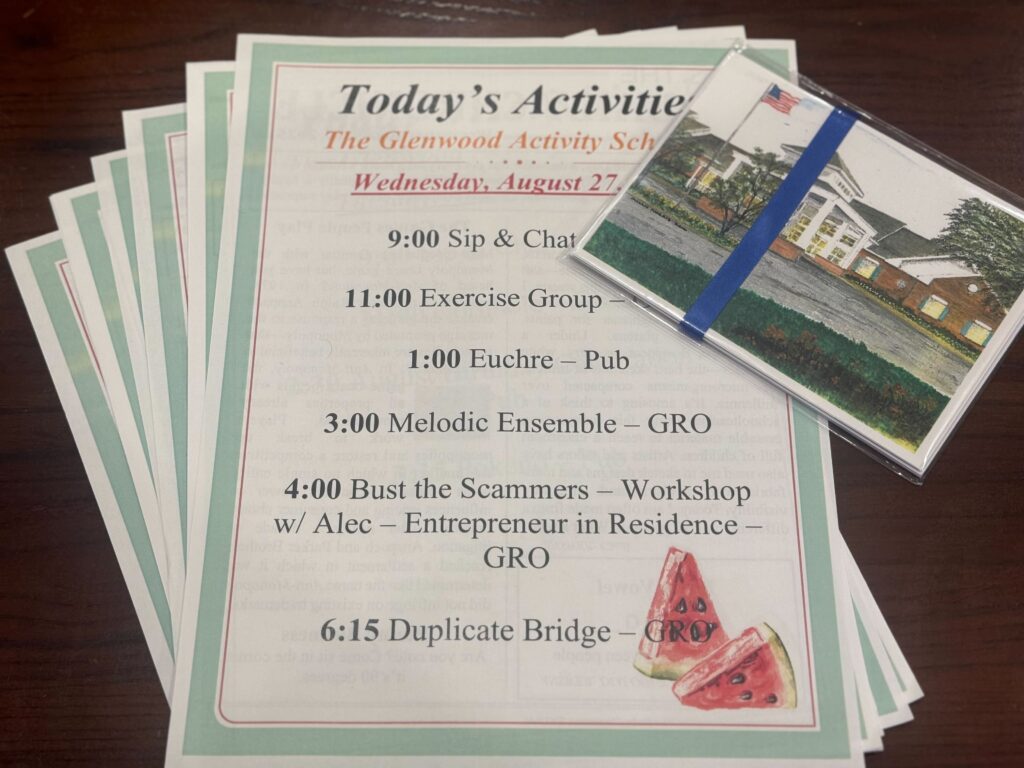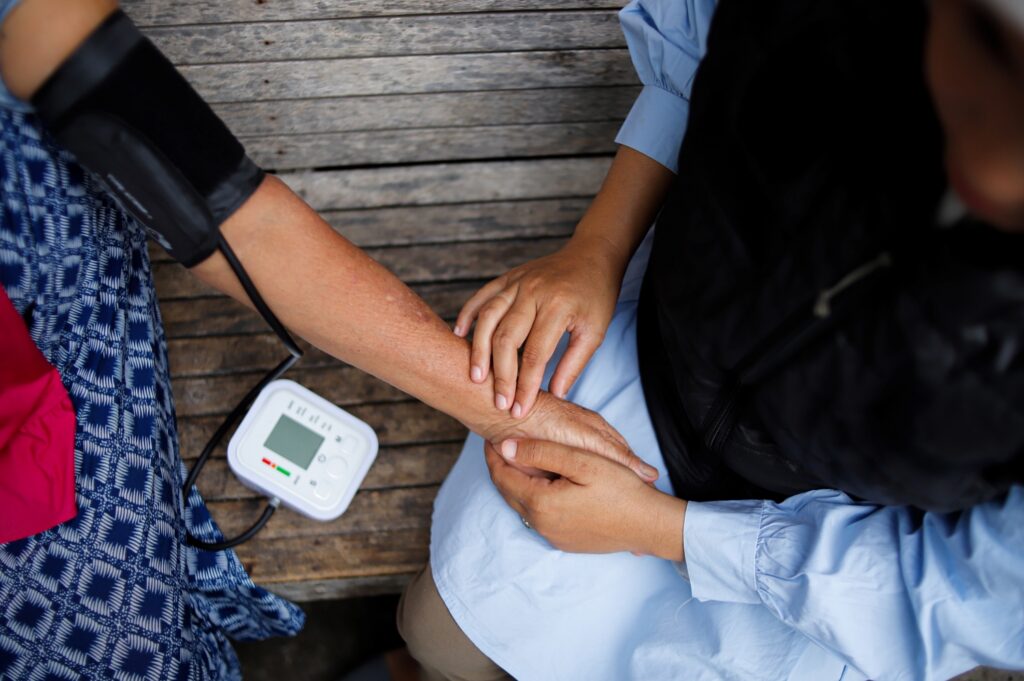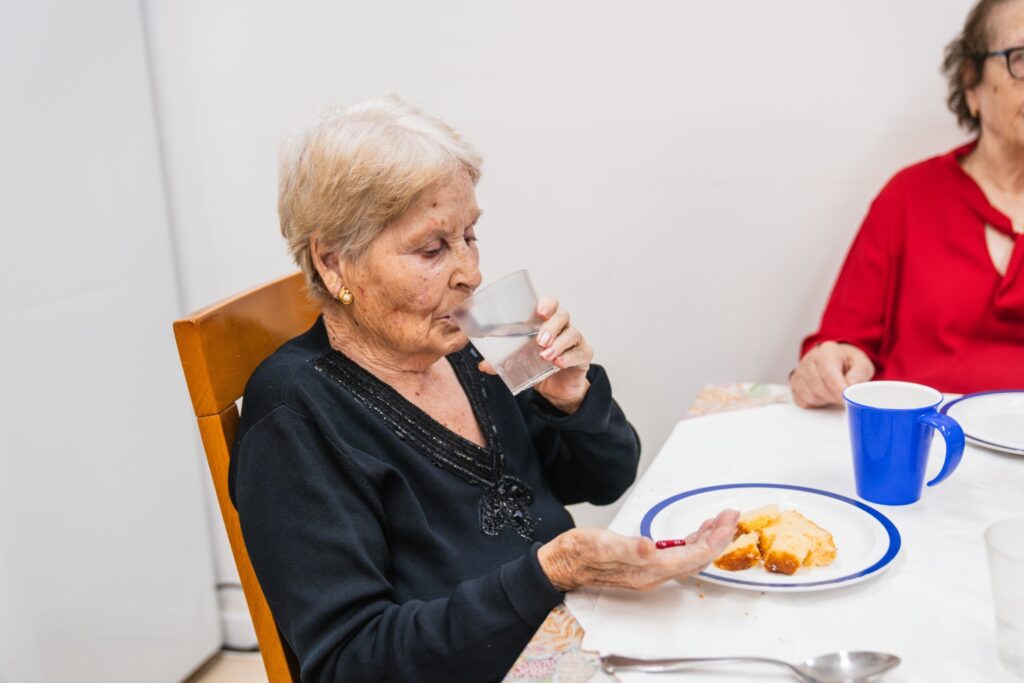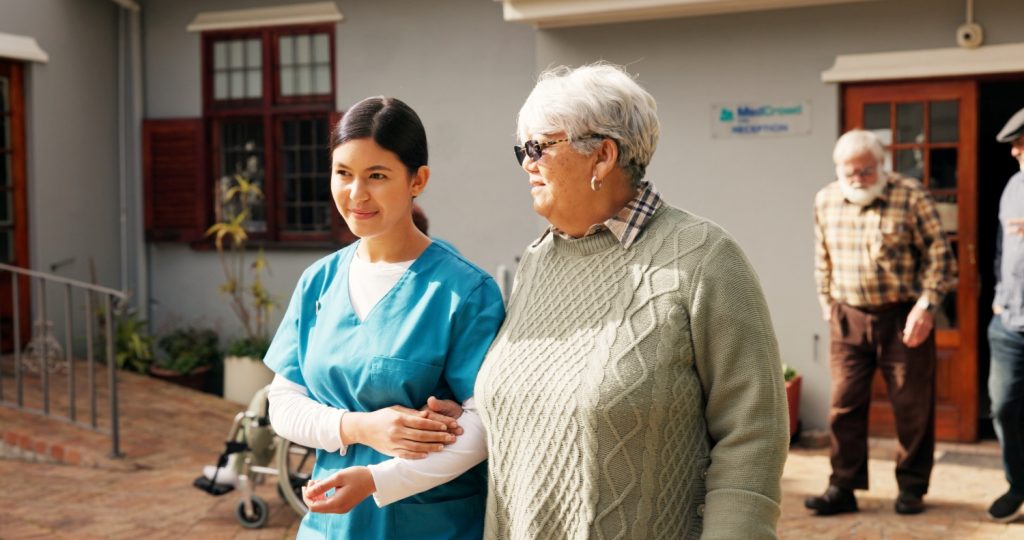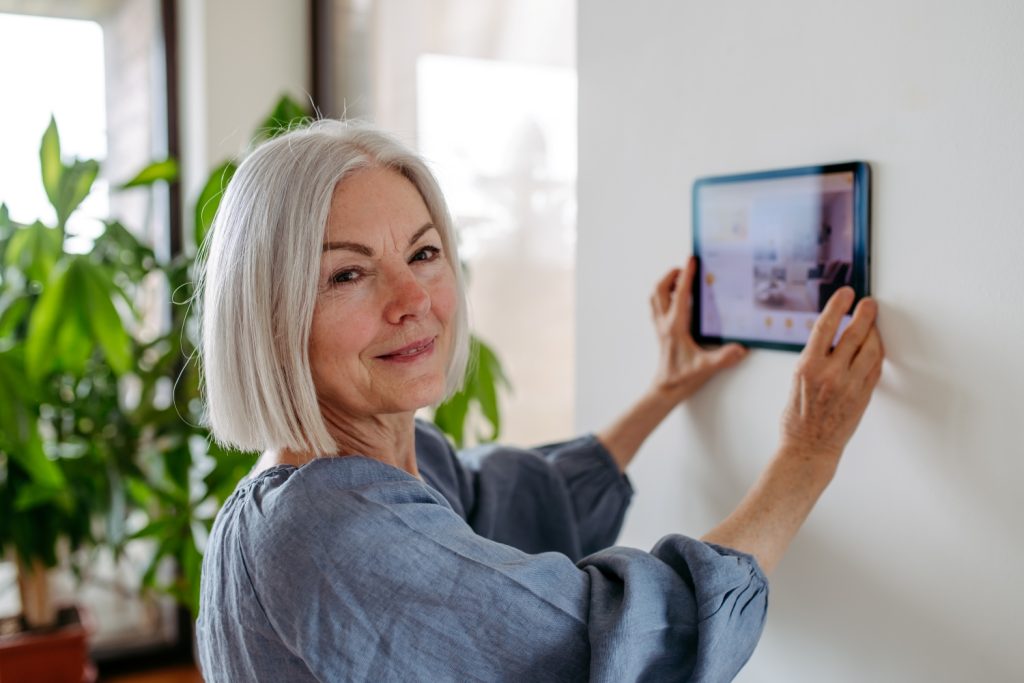Abstract
This article details experiences of grandmothers from marginalized communities caring for grandchildren outside the formal kinship care system. It begins with my journey into the field of grandparent caregiving as a doctoral student, then details findings from a study of low-income, African American grandmothers who were sole providers of their grandchildren’s care. It explores factors affecting their capacity to help grandchildren overcome early adversity and what interfered with their ability to thrive on the margins. Findings revealed structural inequalities: destabilizing forces of drugs, community violence, and negative economic and social environmental disparities. Coping responses were influenced by resource availability. Grandmother caregivers minimized their mental and emotional health needs to care for grandchildren.
Key Words
grandmother caregivers, genogram, ecomap, womanist perspective, ecological perspective, skipped-generation households, poverty
In this article, I seek to illuminate the experiences of grandmothers who are caring for grandchildren outside of the formal kinship care system and in the context of marginalized families and communities. This has been a focus of my research throughout my career, starting with my doctoral dissertation. I have used grounded theory methodology to explore the availability of family and community resources as well as coping processes by African American grandmothers who were the sole providers of their grandchildren’s care.
My intention has been to gain insight into the structure and functioning of these families and communities. I sought to understand what factors affected their capacity to help their grandchildren overcome early adversity and what interfered with their ability to thrive as grandmothers on the margins. It is clearer to me now than ever that identifying these factors and facing them squarely on both policy and practice levels is the only way we can make a significant cross-generational impact and improve the lives of these families.
When I Entered the Field
My life was changed when I served as a research assistant charged with collecting quantitative data through a formal questionnaire while interviewing grandmother caregivers. For each question, the grandmothers were supposed to select a number on the Likert scale that was most consistent with their experiences. Instead, they would tell me a story about their experience. After hearing the story, I would state, so your answer is “1,” and they would continue with another story. Interviews that were supposed to last 2 hours were lasting 3 to 4 hours because this happened with every question.
Initially, I was annoyed and frustrated because grandmothers refused to give me a single number. No matter how many times I asked for a number, I received a story. However, over time I learned that these elusive numbers meant little because they did not reflect the totality of these grandmothers’ lived experiences. At best, the numbers only represented fragmented aspects of what the grandmothers were going through. I learned that to fully capture the complexity of their circumstances, I had to be still and listen to their stories because they truly reflected the challenges faced by these women in rearing their grandchildren.
Overall, I was shocked and dismayed to see that these households survived with minimal to no assistance from family members or the community. This challenged assumptions I had held based on my childhood experiences, where grandmother caregivers had a wealth of family and community resources to help them. At this point, I knew qualitative research methodology was the best approach to fully understand the unique lives of African American grandmother caregivers and to give voice to their experiences.
What the Grandmothers Taught Me
In one of my first such studies, I interviewed seven African American grandmother caregivers who were no longer receiving services from Family Connections (1999), an agency that provided free community-based outreach services to families who had difficulty meeting the needs of their children in Baltimore’s West Side Empowerment Zone. The study took place across an 18-month period between 2000 and 2001. Each grandmother caregiver was interviewed three times in their home. Each interviewed lasted 90 minutes to 2 hours and was audio recorded.
While interviewing the first participant, it became apparent to me that it was essential to use a genogram (a graphic representation of a family tree that displays detailed date on relationships among individuals) to capture caregivers’ variations in family history across two or three generations (McGoldrick & Gerson, 1985). The purpose was to have a diagrammatic view of who was present or absent in their family social support network. Information included sociodemographic characteristics, communication patterns, and developmental phases of family.
To further assess and understand access to community resources, I employed an ecomap or ecological map developed by Hartman (1995), which provided a comprehensive examination of organizations, agencies, and community entities that caregivers called upon for assistance. Environmental domains included healthcare, school, church, and social service agencies. During and after the first interview, I mapped a genogram and ecomap for each grandmother and in the second interview this information was verified by caregivers.
‘I bonded with grandmother caregivers by sharing personal life experiences and often assisted them with daily household tasks.’
Over the course of the study, I bonded with grandmother caregivers by sharing personal life experiences and often assisted them with daily household tasks (e.g., cleaning and caring for young children) and acquiring community resources. In many situations, grandmother participants were busy preparing meals and managing abundant household tasks when I arrived, and I stepped in to provide concrete assistance. For example, when I visited Mrs. Jones (fictitious name), she was in the kitchen, feeding two young grandchildren in their highchairs and sweeping a cracked bottle of jelly from the kitchen floor. When I entered, I asked her how I could help. She immediately stated, “You can change that baby’s diaper, so he can stop screaming.” I quickly jumped into action.
It was important to help the grandmothers, if only to secure a private and comfortable context for eventually conducting the interview. I also gained a real sense of the continual pressures in their lives and how difficult it was to carve out any kind of personal space. Caring for young children without other family members available to step in means, truly, there is no rest for the weary.
Later in the study, I attended a funeral with one of the grandmothers whose adult daughter had died from a drug overdose. Because of this grandmother’s strong faith, she had always believed that her daughter would recover and one day return to take full responsibility for her children. The passing of her adult child solidified her role of grandmother caregiver, possibly for as long as she lived.
Depleted Community Resources
All of the grandmothers believed their communities were supposed to be villages that shared in raising the children. They recounted early memories about mutual helping between families they had experienced growing up. Grandmothers spoke of a time when there was reciprocity and commitment to one another, and their communities were strong and viable. But the current reality differed greatly and resulted in unique challenges to their caregiving needs.
Participants voiced frustration with the destabilizing forces of drugs, community violence, and the negative economic and social environmental conditions affecting community members across generations. Traditional helping resources for sustainability and survival were undermined, as poignantly illustrated by Mrs. Truth, a 74-year-old widowed grandmother caring for seven grandchildren (ages 2-14). Her concerns collectively represent other grandmothers’ voices:
“It’s a big difference back then and now. People back then, everybody cared about everybody. You know, when you were a neighbor, you were neighbors … you were there if anybody was sick, you were there! They needed help, you were there. Now, you can get sick and die and nobody will know, they just doesn’t care. Everybody’s wrapped in themselves!” (Simpson & Lawrence-Webb, 2009, p. 835).
When grandmothers were questioned about seeking services to meet their caregiving needs, they viewed social service agencies as being out of touch in their decision-making and recommendations concerning services for the children. Ms. C. described how she sought help from human service agencies when she lacked the money to buy clothing for her grandchildren:
“When I moved over to East Baltimore and, let me see, the children’s worker had came out and I had asked her about if I could get them some school clothes. And she told me her supervisor would not sign the papers for it [school clothes]. And I told her, I said, ‘Well, y’all might as well get these children ‘cuz I cannot take care of these children!’ I have to give ’em up because I done went to my limit. … I done moved all over town with these children trying to hold on to ’em, but I can’t get no help you know. And my son, he came up and I started telling him about they didn’t have no clothes and I was giving them up. That was a time, too. He cried and I cried. … I am tearful just to think of that I almost gave them up” (Simpson & Lawrence-Webb, 2009, p. 838).
‘Four of her five adult children and 10 of her 13 siblings died over a 3-year period due to drug overdose, community violence, and medical conditions.’
Ms. C.’s quote captures the exasperation grandmother caregivers experience when seeking resources from human service and community agencies. It is fortunate that Ms. C.’s adult son, uncle to the grandchildren, had the resources to purchase clothing for them. This finding, that grandmothers viewed the culture of social service agencies (macro system) as inappropriate and unresponsive for their role as grandparent caregivers, confirms previous research that found that grandmothers receiving appropriate services are hindered by social service policies and workers’ attitudes (Connealy & DeRoos, 2000; Gibson, 2002; Minkler & Roe, 1993). These findings are consistent with the literature that found caregivers are disappointed and frustrated with service providers (Carr et al., 2012).
Fragile Families
Environmental challenges at the macro level had a direct influence on their micro-level systems, specifically, grandmothers’ ability to rely on supportive resources within their family structure. Grandmother caregivers stated that family members want to help, but they reported a lack of consistent and reliable support from relatives who were also coping with poor health, the lack of affordable housing, and the blow of reduced incomes. Their ability to function as an extended family and aid one another was fundamentally affected by these societal strains of unequal access to healthcare, housing, and income.
Generational problems were graphically depicted in the grandmothers’ genograms. These exosystem forces (environmental factors that influence a person’s development) had a severe crippling effect on interpersonal family relationships among family members, undermining the intimate familial social support structures necessary for the healthy maintenance of family systems. According to Ms. F., four of her five adult children and 10 of her 13 siblings died over a 3-year period due to drug overdose, community violence, and medical conditions.
When asked who would care for her grandchild if she were not capable, she replied, “No one, ‘cuz the ones that I would [have relied on], they dead!” Ms. F.’s sister, who died of cancer, had been the designated caregiver of her grandchildren.
Another grandmother, age 53 and caring for four grandchildren, described how family members are coping daily with poverty, health, and their own responsibilities:
“My oldest sister, she’s got, what is it, cerebral palsy, so that makes her, she can’t get around too good … And my next oldest sister, she’s a foster mother, so she got about four foster kids of her own, and a little grand boy. And my next sister, she’s a heart patient, so she’s not capable of taking care of them or helping me. … My next sister she works, and she has three kids of her own, so she’s not capable of really helping me. All of them have their own responsibility. And if they could help, like I say, they may call on the phone, do a little talking” (Simpson, 2009, p. 32).
Although this grandmother could not count on these family members for daily assistance, her family was able to help during times of crisis. For example, when she had a damaging house fire several years ago that displaced her grandchildren for several months, she relied on family members for temporary shelter.
Coping Resources
In this section, I turn to the ways African American grandmother caregivers cope when faced with unreliable social support from family and community. In the context of unreliable social support, two survival strategies emerged: being strong and self-sacrificing. These were survival strategies caregivers employed when there were minimal to no supportive resources to help them maintain their caregiving role. Being strong was a culturally appropriate and expected survival strategy when faced with adversity.
Being strong meant that they maintained a false sense of self-composure by not revealing their true feelings. This sense of self-composure was important for it allowed them not to emotionally break down under adversity. For example, Mrs. Truth had two sons who died from drug addiction between 1995 and 1996 and was caring for their offspring. She said,
“… And sometimes, honey, it’s not easy. It’s so hard to, I just don’t cry anymore; I cried out. And crying don’t help. And I’m at the point now that if I start crying, I will never stop. I won’t know how to stop because I’ve held it back so long and I went through so much with my second husband and his family. And then I lost my two sons back-to-back; and there wasn’t no one that I could lean on. So there had to be nobody but God that brought me through all of this … a couple of times this year … I feel like I wanted to cry, just wanted to holler and scream. But I knew I couldn’t do that because if I did that, they wouldn’t of have no one because I’d would of been gone. And I just can’t give in to those kinds of things because it bothers me and it hurts. I’ve never cried behind either one of my sons because that’s their life” (Simpson et al., 2017, p. 36).
‘And I’m at the point now that if I start crying, I will never stop.’
Embedded in Mrs. Truth’s statement was that she had to be emotionally strong in order to continue her role as a caregiver. She was left with the responsibility of caring for her grandchildren; to allow feelings associated with sadness and grief would interfere with her caregiving role. Her statement, “it bothers me and it hurts,” revealed that she was feeling pain associated with these losses and her added responsibility of caring for others. However, dwelling on these feelings would only weaken her resolve and her ability to care for others.
Attributes of self-sacrificing captured the survival strategies of caregivers who did not have time for themselves. They often did not enjoy a personal life outside of caregiving. Self-sacrificing captured the lived experiences of African American caregivers who had to rely on their own internal resources to meet their personal needs and grandchildren’s needs. This was a necessary survival skill for grandmother caregivers who had fewer resources in their informal and/or formal social support.
Women acted in this capacity because they needed help from family but often this help was not forthcoming. When grandmothers were asked about why they engaged in self-sacrificing behavior, they consistently responded that asking for help was not the problem; rather, they did not know who was available to provide help. As stated by Ms. Chinn, a 65-year-old caring for two grandchildren, “I ask for help and don’t get it a lot [of] times. Ask for help and don’t get it!” Ms. Coppin, age 68, caring for three grandchildren related, “Well, some people have help in their households from their grandmothers or aunts, uncles who raise them. But they also have a younger, a sister-in-law or might [have a] daughter or somebody in the household. I don’t have anybody in my household to do anything” (Simpson et al., 2017, pg. 37).
Conclusion
The challenges grandmother caregivers face are largely dictated by their location in the social hierarchy. As such, concerns expressed by these grandmothers reflect their unique position in society. Primarily because they are African American, female, and of limited economic independence, they are faced with distinctly challenging realities. Grandparent caregivers in most studies are living on the margins with lower income, less education, and poorer health, all consistently documented as common realities among African American grandmother caregivers (Montoro-Rodriguez & Ramsey, 2019). The assumption that most African American grandmother caregivers have the resources within their family and extended kin networks to help them with caregiving roles has long been undermined by social and economic conditions (Simpson, 2009). The structural and functional aspects of informal social support networks among vulnerable, at-risk families may create challenges and barriers to caregivers receiving supports and resources.
Given the cultural tradition of African American families to rely upon extended kin, it is imperative that we focus greater attention on who is present and absent, and their roles and functions within the grandmothers’ informal social support structure. In meeting the needs of vulnerable African American families, it is crucial that intervention strategies are aimed at kin networks for restoring, sustaining, and maintaining resiliency features and cultural strengths that are necessary for their survival and coping. Treatment/intervention services need to be directed toward family members who provide support and those who may not be able to provide support because of drug addiction, medical conditions or poverty.
Social work clinical treatment/intervention plans generally focus on the parent(s) and child. Minimal attention is directed at extended kin or non-kin who may be possible sources of support. Providing direct services in the family system is important when working with African American grandmother caregivers. Providing intergenerational support may include services directed at biological parents, extended kin and family members who are potential sources of support for grandmothers who are caring for their grandchildren. Supporting the intergenerational survival of the entire family is important in meeting the needs of African American grandmother caregivers.
Findings of caregivers’ coping habits showed their coping responses were influenced by interactions with their informal and formal social support structures. Findings revealed that some grandmother caregivers minimized their mental and emotional health needs to care for their grandchildren. Clinicians need to pay greater attention to directing services at the caregiver and ensuring their emotional and health needs are adequately met.
Gaynell M. Simpson, PhD, LCSW, is an associate professor of Social Work in Human Services and Cultural Studies at Georgia Gwinnett College in Lawrenceville, GA.
Photo credit: Shutterstock/SALMONNEGRO-STOCK
References
Carr, G. F., Gray, J., & Hayslip, B. (2012). Needs for information about supportive resources: A predictor of needs for service and service use in African American grandparent caregivers. Journal of Intergenerational Relationships, 10(1), 48-63. https://psycnet.apa.org/record/2012-24097-005
Connealy, M., & DeRoos, Y. (2000). Grandparenting and family preservation. In B. Hayslip & R. Goldberg-Glen (Eds.), Grandparents raising grandchildren: Theoretical, empirical, and clinical perspective (pp. 23-34). Springer.
Family Connections Annual Report (1999). Family connections-operational definition of referral criteria. University of Maryland School of Social Work.
Gibson, P. A. (2002). African American grandmothers as caregivers: Answering the call to help their grandchildren. Families in Society: The Journal of Contemporary Human Services, 83(1), 35-43. Hartman, A. (1995). Diagrammatic assessment of family relationships. Families in Society, 76(2), 111-122.
McGoldrick, M., & Gerson, R. (1985). Genograms in family assessment. Norton.
Minkler, M., & Roe, M. K. (1993). Grandmothers as caregivers: Raising children of the crack cocaine epidemic. Sage.
Montoro-Rodriguez, & Ramsey, J. (2019). Grandparents and race/ethnicity. In B. Hayslip & C. Fruhauf (Eds.), Grandparenting: Influences on the dynamics of family relationships (pp.313-330). Springer.
Simpson, G. M., Pressley, T. D., Carthron, D. L., & Stansbury, K. (2017). Social support and survival strategies of older African American grandmother caregivers. GrandFamilies: The Contemporary Journal of Research, Practice and Policy, 4(2). https://scholarworks.wmich.edu/grandfamilies/vol4/iss2/5
Simpson, G. M., & Lawerence-Webb, C. (2009). Responsibility without community resources: Informal kinship care among low-income, African American grandmother caregivers. Journal of Black Studies, 39(6), 825-847. https://www.jstor.org/stable/40282602
Simpson, G. M. (2009). A qualitative perspective of family resources among low-income, African American grandmother caregivers. Journal of Gerontological Social Work, 51(1-2), 19-41. https://doi.org/10.1080/01634370801967539



